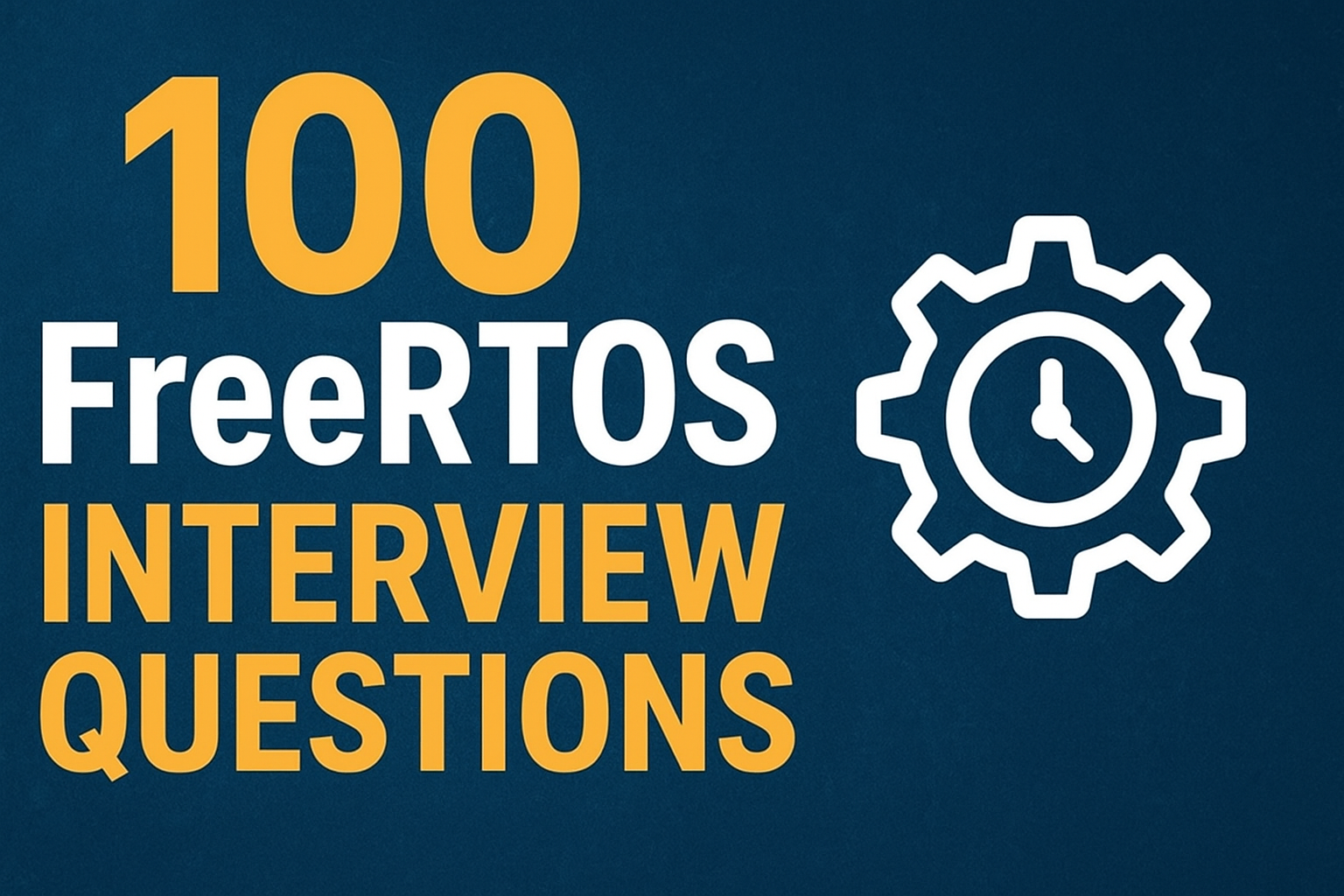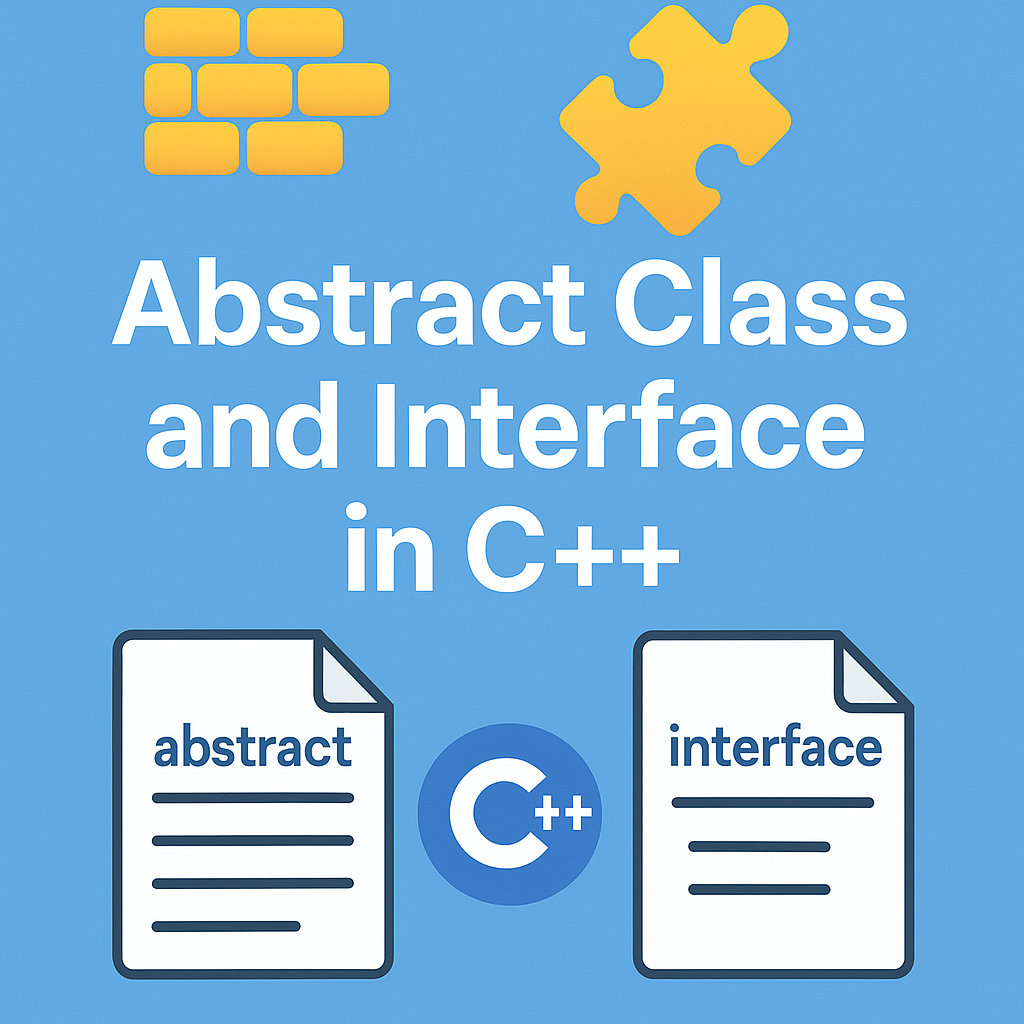Fixed-Priority Scheduling vs Dynamic-Priority Scheduling : Learn the difference between fixed-priority scheduling and dynamic-priority scheduling in RTOS. Understand advantages, disadvantages, examples, and real-world applications of Rate Monotonic Scheduling (RMS) and Earliest Deadline First (EDF) for hard and soft real-time systems.
Introduction of Fixed-Priority Scheduling vs Dynamic-Priority Scheduling
In the world of Real-Time Operating Systems (RTOS), task scheduling is one of the most important concepts. Scheduling decides which task should run, when it should run, and for how long. Since real-time systems deal with time-sensitive operations, choosing the right scheduling algorithm is critical.
Two of the most widely used scheduling techniques in RTOS are:
- Fixed-Priority Scheduling (FPS)
- Dynamic-Priority Scheduling (DPS)
In this article, we will understand both methods, their advantages, disadvantages, and real-world applications, with easy-to-follow examples.
What is Fixed-Priority Scheduling?
In fixed-priority scheduling, each task is assigned a priority when it is created, and this priority does not change throughout the execution. The RTOS scheduler always picks the task with the highest priority among the ready tasks.
✅ A common fixed-priority algorithm is Rate Monotonic Scheduling (RMS), where tasks with shorter periods (more frequent tasks) are given higher priority.
Example
Imagine you have three tasks in an automotive ECU system:
- Engine Control Task (high priority)
- Airbag Monitoring Task (medium priority)
- Infotainment Display Task (low priority)
Here, the engine control must always run first because it is critical for vehicle safety. Even if the infotainment task is ready, it must wait until the higher-priority tasks finish.
What is Dynamic-Priority Scheduling?
In dynamic-priority scheduling, the priority of tasks can change at runtime depending on factors like deadlines, waiting time, or system load.
✅ A well-known dynamic scheduling algorithm is Earliest Deadline First (EDF), where the task with the closest deadline is scheduled first.
Example
Imagine a video streaming system:
- Frame Decoding Task (deadline soon)
- Buffer Management Task (deadline later)
Here, the frame decoding must be done immediately, otherwise the video will lag. So its priority is increased dynamically, and the system executes it first.
Advantages and Disadvantages
| Feature | Fixed-Priority Scheduling (FPS) | Dynamic-Priority Scheduling (DPS) |
|---|---|---|
| Simplicity | Simple and easy to implement. | More complex; requires priority recalculation. |
| Overhead | Low overhead, fast decisions. | Higher overhead due to frequent updates. |
| Predictability | Highly predictable, good for safety-critical systems. | Less predictable since priorities change. |
| CPU Utilization | May underutilize CPU. | Better CPU utilization, can achieve near 100%. |
| Starvation | Risk of low-priority tasks being starved. | Reduced starvation, since tasks get priority boosts. |
| Best suited for | Hard real-time systems like automotive ECUs, avionics, medical devices. | Soft real-time systems like multimedia, networking, telecom. |
Code Example: Fixed vs Dynamic Scheduling
Here’s a simple C++ simulation that shows both approaches:
#include <iostream>
#include <queue>
#include <vector>
using namespace std;
struct Task {
string name;
int exec_time;
int deadline;
int priority;
};
// Comparator for Fixed Priority Scheduling
struct FixedPriority {
bool operator()(Task const& a, Task const& b) {
return a.priority < b.priority; // higher number = higher priority
}
};
// Comparator for Dynamic Priority Scheduling (EDF)
struct DynamicPriority {
bool operator()(Task const& a, Task const& b) {
return a.deadline > b.deadline; // smaller deadline first
}
};
int main() {
vector<Task> tasks = {
{"Task A", 200, 3, 3},
{"Task B", 300, 5, 2},
{"Task C", 100, 8, 1}
};
priority_queue<Task, vector<Task>, FixedPriority> fixedQ(tasks.begin(), tasks.end());
priority_queue<Task, vector<Task>, DynamicPriority> dynamicQ(tasks.begin(), tasks.end());
cout << "--- Fixed Priority Scheduling ---\n";
while (!fixedQ.empty()) {
Task t = fixedQ.top(); fixedQ.pop();
cout << "Running " << t.name << " (priority=" << t.priority << ")\n";
}
cout << "\n--- Dynamic Priority Scheduling ---\n";
while (!dynamicQ.empty()) {
Task t = dynamicQ.top(); dynamicQ.pop();
cout << "Running " << t.name << " (deadline=" << t.deadline << ")\n";
}
}
Example Output
--- Fixed Priority Scheduling ---
Running Task A (priority=3)
Running Task B (priority=2)
Running Task C (priority=1)
--- Dynamic Priority Scheduling ---
Running Task A (deadline=3)
Running Task B (deadline=5)
Running Task C (deadline=8)
This shows how the same set of tasks are executed differently depending on whether priorities are fixed or dynamic.
Real-World Applications
- Fixed-Priority Scheduling:
- Automotive ECUs (Engine Control, ABS, Airbag systems)
- Medical devices (Pacemakers, Infusion pumps)
- Avionics systems (Flight control computers)
- Dynamic-Priority Scheduling:
- Multimedia systems (Video/Audio streaming)
- Networking protocols (Packet scheduling, QoS)
- Cloud systems (Dynamic resource allocation)
Conclusion
Both fixed-priority scheduling and dynamic-priority scheduling have their own place in RTOS design.
- If your system is hard real-time and requires predictability, go with Fixed-Priority Scheduling.
- If your system is soft real-time and requires better CPU utilization and flexibility, choose Dynamic-Priority Scheduling.
By understanding these techniques, embedded engineers can make better design choices and build reliable real-time applications
Frequently Asked Questions (FAQ)
1. What is fixed-priority scheduling in RTOS?
Fixed-priority scheduling is a method where each task is assigned a priority at the time of creation, and this priority never changes. The scheduler always picks the task with the highest fixed priority. A common example is Rate Monotonic Scheduling (RMS).
2. What is dynamic-priority scheduling in RTOS?
Dynamic-priority scheduling is a method where the priority of tasks changes during runtime depending on deadlines, waiting time, or system load. A popular algorithm for this approach is Earliest Deadline First (EDF).
3. Which is better: fixed-priority scheduling or dynamic-priority scheduling?
It depends on the application:
- Fixed-priority scheduling is better for hard real-time systems like automotive ECUs, avionics, and medical devices where predictability is critical.
- Dynamic-priority scheduling is better for soft real-time systems like video streaming, networking, and telecom where CPU utilization and flexibility are more important.
4. What are the disadvantages of fixed-priority scheduling?
- Lower-priority tasks may face starvation if higher-priority tasks always occupy the CPU.
- CPU utilization may not be optimal.
- Not flexible for dynamic workloads.
5. What are the disadvantages of dynamic-priority scheduling?
- More complex to implement.
- Higher overhead since priorities must be recalculated frequently.
- Less predictable compared to fixed-priority scheduling.
6. Is Rate Monotonic Scheduling (RMS) fixed or dynamic?
Rate Monotonic Scheduling (RMS) is a fixed-priority scheduling algorithm. Tasks with shorter periods (more frequent tasks) are assigned higher priority.
7. Is Earliest Deadline First (EDF) fixed or dynamic?
Earliest Deadline First (EDF) is a dynamic-priority scheduling algorithm. Tasks with the nearest deadline are given the highest priority.
8. Which scheduling method gives better CPU utilization?
Dynamic-priority scheduling (EDF) generally achieves better CPU utilization compared to fixed-priority scheduling. EDF can theoretically reach 100% CPU utilization, while RMS guarantees schedulability only up to around 69% utilization for multiple tasks.
9. Where is fixed-priority scheduling used in real life?
- Automotive: Engine Control, ABS, Airbags
- Aerospace: Flight Control Systems
- Medical: Pacemakers, Infusion Pumps
10. Where is dynamic-priority scheduling used in real life?
- Multimedia: Audio/Video playback and streaming
- Networking: Packet scheduling, Quality of Service (QoS)
- Cloud Systems: Dynamic workload allocation
You can also Visit other tutorials of Embedded Prep
- Multithreading in C++
- Multithreading Interview Questions
- Multithreading in Operating System
- Multithreading in Java
- POSIX Threads pthread Beginner’s Guide in C/C++
- Speed Up Code using Multithreading
- Limitations of Multithreading
- Common Issues in Multithreading
- Multithreading Program with One Thread for Addition and One for Multiplication
- Advantage of Multithreading
- Disadvantages of Multithreading
- Applications of Multithreading: How Multithreading Makes Modern Software Faster and Smarter”
- Master CAN Bus Interview Questions 2025
- What Does CAN Stand For in CAN Bus?
- CAN Bus Message Filtering Explained
- CAN Bus Communication Between Nodes With Different Bit Rates
- How Does CAN Bus Handle Message Collisions
- Message Priority Using Identifiers in CAN Protocol
Mr. Raj Kumar is a highly experienced Technical Content Engineer with 7 years of dedicated expertise in the intricate field of embedded systems. At Embedded Prep, Raj is at the forefront of creating and curating high-quality technical content designed to educate and empower aspiring and seasoned professionals in the embedded domain.
Throughout his career, Raj has honed a unique skill set that bridges the gap between deep technical understanding and effective communication. His work encompasses a wide range of educational materials, including in-depth tutorials, practical guides, course modules, and insightful articles focused on embedded hardware and software solutions. He possesses a strong grasp of embedded architectures, microcontrollers, real-time operating systems (RTOS), firmware development, and various communication protocols relevant to the embedded industry.
Raj is adept at collaborating closely with subject matter experts, engineers, and instructional designers to ensure the accuracy, completeness, and pedagogical effectiveness of the content. His meticulous attention to detail and commitment to clarity are instrumental in transforming complex embedded concepts into easily digestible and engaging learning experiences. At Embedded Prep, he plays a crucial role in building a robust knowledge base that helps learners master the complexities of embedded technologies.



Leave a Reply